Pine Shavings
Pine shavings have been taking a bad rap lately,
despite many years of serving well as pet bedding.
And since your pet rabbit spends a lot of time in or near his rabbit bedding or litter, you want to know if softwood shavings are really nontoxic and harmless.
I know you’ve heard the rumors - rabbit liver enzymes messed up - respiratory problems, rabbits dying, all due to softwood shavings such as cedar or pine. What’s the deal? Pine has been fine all these years - has anything changed?
No, not really. Pine is fine, and especially when heat-treated. We'll show you the research and hopefully expose the
fallacies and fears behind the rumors.
One heroic rabbit breeder did the copious research
for you - her name is Ms. Corinne Fayo of Bucky’s Bunnies. Ms. Fayo has a
BS degree. She wrote "Caring for
Your Pet Rabbit" and the "Rabbit Education Society Rabbit Care
Guide," as well as "Bucky Bunny's Guide to Pet Rabbit Care" CD. Additional articles have been published in
numerous publications, including the Domestic Rabbits periodical, by the American Rabbit Breeders Association (ARBA).
"The Truth about Pine Shavings" has also been published in at least four newsletters, as well as online.
In addition to this synopsis (below), you'll find testimonials from users of pine shavings at the bottom of this page.
Lastly, we wanted you to know that the proposed industry standard for bedding in commercial rabbit enterprises reads: "Solid flooring may contain litter such as pine shavings to absorb moisture and urine." I take this as a final acknowledgment that pine is just fine for our rabbits.
Here's the rather long synopsis of Ms. Fayo's article detailing her research of softwood shavings. But you can also download her work in its entirety, including a lengthy bibliography, by clicking on the title below.
Kiln-Dried Pine Shavings - Two Brands:
Large Flakes Kiln Dried Pine Shavings 8 Cubic Feet (#ads)
The Truth About Pine Shavings
By Corinne Fayo
Synopsis
Correctly reading and interpreting the scientific studies reveals there is no danger in using softwood shavings.
The effects of untreated softwood shavings on animals is not
harmful to the animals, and the claims that they cause liver disease, damage,
or cancer are incorrect. Many veterinarians recommend pine shavings for rabbit
bedding and litter.
Hepatic Microsomal Enzymes (HME)
The real "debate" is over whether or not untreated pine and cedar shavings are a danger.
It has been proven that untreated pine and cedar contain an inducing agent of HME activity. HMEs are by-products of the liver after processing drugs. "It is simply the way the body - or more specifically, the liver - handles many of the elements it comes into contact with each day" (20)*.
According to studies about HME, there are many factors which can affect this sensitive liver enzyme system and cause an increase or decrease in activity (2,3,4). This is a partial list of factors affecting drug disposition from one study (4):
- air exchange and composition (4)
- barometric pressure
- cage design
- cedar and other softwood bedding
- cleanliness
- coprophagy
- diet
- gravity
- handling
- humidity
- light cycle
- noise level
- temperature
- age
- cardiovascular function
- castration and hormone replacement
- circadian and seasonal variations
- dehydration
- disease
- fever
- gastrointestinal function
- genetic constitution
- hepatic blood flow
- malnutrition
- starvation
- pregnancy
- sex
- shock
- stress
- dirty environments
- strain (2)
- litter of origin
- degree of crowding
- time of day or season of drug administration
- hormonal, nutritional and physiological status
- Grapefruit (20)
As you can see, softwood shavings are not the only
thing that can set off a change in HME activity.
So why are the scientists concerned by HME and the inducing effects of pine or cedar shavings?
One reason only - animal research scientists have had problems with standardizing the controls in pharmacological studies between various laboratories (1,2,3,4).
- "These experiments offer an explanation for differences in the results of studies on drug-metabolizing enzymes in mice and rats" (1).
- "These numerous factors contribute to large day-to-day variations that have become a major problem impeding investigation of drug disposition and response in laboratory animals" (4).
- "These data suggest that commercial bedding
materials differ in their ability to affect microsomal enzymes. Thus,
inter-laboratory variability in basal enzyme activities reported in the
literature may be partly due to bedding materials used in animal cages"
(19).
Do the scientists feel untreated cedar and pine shavings
should not be used in any laboratory? Not from what I have read in the studies.
- "Rejection of all softwood beddings
because they are potent inducers of hepatic microsomal enzymes does
not appear justified." (3)
However in an effort to standardize certain test
results it is suggested that laboratories not use untreated softwood litters (6).
- "Softwood beddings have been used,
but the use of untreated softwood shavings and chips is contraindicated for some protocols because they can affect animals'
metabolism" (Vesell 1967, Vesell and others 1973, 1976). (6)
The inducing effect of untreated softwood shavings
(including pine shavings) is important only to the scientific
community in the process of studying drugs and their effects. At the
same time, Dr Hawley writes, "Nearly every commercial laboratory today
uses pine shavings, cedar, or hardwood beddings, except when
conducting specific drug metabolism studies" (20).
Serious Liver Damage results in a DECREASE of Liver Enzymes
Several studies demonstrated that an accumulation of urine and feces which increase ammonia levels causes a decrease in HME activity (2,3,4). Now we all know increasing ammonia levels can cause damage in our animals. Elevated ammonia levels have been implicated in increased susceptibility to Pasteurella infections and respiratory damage.
- "The present experiments reveal that drug metabolism in hepatic microsomes was inhibited when urine and feces of rodents were not removed twice daily but permitted to accumulate for 1 week. Inhibition of drug metabolism in rats kept under these conditions may arise from hepatic toxicity (damage) due to increased concentrations of ammonia (5) in such environments" (2).
- Another study reported that oral administration of praziquantel at a dosage of 1600 mg/kg and 2000 mg/kg caused a significant decrease in 3 drug-metabolizing hepatic enzymes (16). The rabbits who received the dosage of 2000 mg/kg all died within 10-20 hours.
- In another study rabbits were given aflatoxin to see the effects it would have on liver enzymes (17). None died but body weight gain was altered and a decrease was noted in some HME. "Biochemical exploration of plasma components revealed a dose-dependent hepatotoxicity characterized by cytolysis and cholestasis" (17).
- And finally, in a study comparing the activity of HME in rats given single or repetitive fluke infections HME decreases were noted (18).
Given this evidence, I can't come to the conclusion that increased HME activity is a sign of harm being done to a small animal.
I have yet to find in a study a reference to cedar or pine shavings causing hepatic toxicity. According to Dr Hawley, the presence of liver enzymes does not suggest damage to the liver (20).
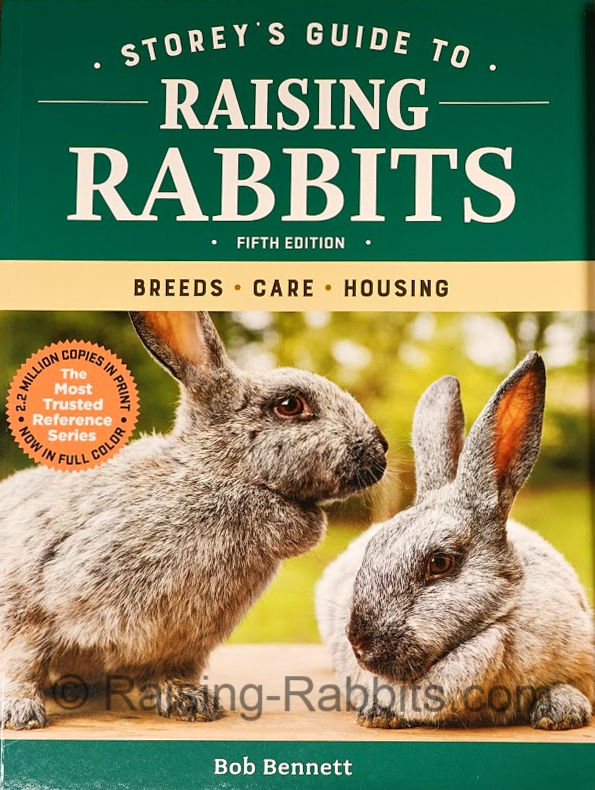
Storey's Guide to Raising Rabbits, 5th Edition
The classic, completely and beautifully updated.
Available in hard cover, paperback, and electronic.
Heat Treated Shavings
Heat treated pine shavings are fine for use as rabbit bedding and litter for small animals, including rabbits.
- The first piece of evidence is the fact that many people have been using pine shavings as rabbit bedding for years without any ill effect to their rabbit(s).
- The next pieces are what the veterinary books and others have to say about the use of shavings for litter.
Harkness and Wagner Pg 61: "Bedding, which may be paper, sawdust, or soft pine, aspen, or cedar shavings should be nonallergenic, dust free, inedible, absorbent, nontoxic, and free of pathogenic organisms. Soft pine and cedar wood shavings are used for pet rodent bedding because of their pleasant aroma. However, because volatile hydrocarbons from these shavings may stimulate microsomal enzymes, they are avoided as bedding material for research animals. Softwood shavings and tissue paper make excellent rodent nesting material" (7)
TBLR Pg 29: "Bedding must be used in nest boxes. It may be straw, hay, excelsior, wood shavings, or other such material (8).
Hillyer and Quesenberry pg 292 small rodent section: "Pine shavings remain the most commonly used bedding for small pet rodents in many parts of North America. Corncob products and recycled paper products are excellent for certain rodents such as gerbils and dwarf hamsters. Cedar shavings also are popular but their use is controversial. Cedar has been shown to affect microsomal oxidative liver enzymes. Although these changes affect factors such as drug metabolism, no clinical signs associated with them have been documented" (10).
Rabbit Production Pg 90: "The nest box should...contain bedding of hay, straw, shavings, or similar material."
Ibid, Pg 93: "If the does are being fed a ration consisting only of pellets, they may eat any palatable material used for bedding, and in this case softwood shavings...may be used" (9).
If the use of softwood bedding was dangerous, why on earth would any of these books mention it as good bedding material. All of these books are recent publications and the studies many cite showing a "danger" were published closer to 30 years ago. - Finally we have evidence that treated pine is safe as rabbit bedding from the scientific studies pet owners often quote (1, 3, 4, 19). The process of heat treating removes the HME-inducing agent as demonstrated in the above mentioned studies.
The National Institute of Health guide to Laboratory animals: "Heat treatments applied before bedding materials are used to reduce the concentration of aromatic hydrocarbons" (6).
"By two different experimental approaches Wade et al. (47) showed that cedrol and cedrene were active agents in the inductive response of mice to cedarwood bedding. In the first experiment cedar shavings from which cedrol and cedrene had been extracted...produced hexobarbital sleeping times indistinguishable from those observed in control mice housed on inert corncob bedding." (4).
I also offer this quote from a House Rabbit Society (HRS) educator I wrote to: "There are some shavings which are safe, and these are the kiln-dried pine."
Two Creative, XL-Sized Indoor Rabbit Cages. Recommended!
--Ferplast Krolik XXL Indoor Rabbit Cage with Double Extras (#ads)
Do Cedar Shavings Cause Cancer?
I have also heard the rumor that cedar causes cancer. I found three studies (11,12,13) and none of them came to the conclusion cedar rabbit bedding caused or contributed to the occurrence of cancer. For example:
- "There was no evidence that the cedar shavings were carcinogenic" (13).
Sorting Through the Rumors
The arguments presented by those against cedar and pine shavings often sound convincing on the surface, however closer inspection reveals discrepancies.
For example, the HRS has made statements that softwood bedding has caused liver disease in rabbits they have fostered and caused the death of rabbits during surgery. I have read the article by HRS founder Marinell Harriman, "Litterboxes and Liver Disease," and question her conclusions.
The article also discussed several foster rabbits, some of which had elevated liver enzymes and some had liver disease. Dr Hawley points out that the enzymes tested by veterinarians in a serum or plasma chemistry panel are "leakage enzymes" and not the same enzymes the researchers studied in the softwood bedding experiments (20).
So what could explain the liver disease in HRS foster rabbits?
Hepatic coccidiosis is one explanation. It causes an enlarged liver and is contagious (7,8,9). I would assume the HRS members had adopted the rabbits that had liver disease so it is possible that the rabbits were exposed to hepatic coccidiosis. I feel it is a big leap to assume untreated shavings caused their deaths.
- From TBLR: Pg 206 long section on hepatic coccidiosis, clinical signs included enlarged liver.
- TBLR pg 267: Liver cancer: "The tumor appears to have little potential as a research model, primarily because of the difficulty of case findings" (8).
- The common causes of liver spots in rabbits are hepatic coccidiosis, migrating tapeworm larvae, Tyzzer's disease, and colibacillosis (7).
So there is still no evidence linking untreated softwood shavings to liver disease or other problems in rabbits.
We and our animals are exposed continually to different "pollutants" in our environment. What matters is the health of an individual and the concentration of pollutants they are exposed to.
Some chemicals in small concentrations are harmless but in larger doses are lethal. An example of this is benzoic acid in Listerine. While benzoic acid is toxic if ingested in large enough quantities, the amount in Listerine is well below that amount and therefore is safe for use in humans. It is important not to over-interpret what scientific studies are showing us.
Conclusion
In closing I just want to say I still have not read, experienced, or heard anything that leads me to believe the use of pine shavings as rabbit bedding, rabbit litter or in rabbit nestboxes are harmful to rabbits. What I have read and experienced shows me they are safe.
Dr Hawley reports pet retailers are being subjected to anger from animal rights advocates who accuse them of selling "dangerous" bedding material (20).
It's too bad these people didn't first read the studies instead of subscribing to the "I heard it was bad, so it must be true" theory. But those of you reading this now know more than you ever wanted to about softwood shavings and HME!
*******
*The parenthetical numbers refer to Ms. Fayo's bibliography, which you can find by reading her full article (link is below).
*******
Raising-Rabbits: Home of
The Rabbit Raising Problem Solver
All your Answers in One Book!
Learn More Here
$22.62 - Order Here
Endorsements and Responses
"The Truth about Pine Shavings" has been reviewed and approved by Carol Green, PhD (Pharmacology and Toxicology - with 80+ publications written), rabbit breeder
"The Truth about Pine Shavings" has been reviewed and approved by a researcher (MD) in HME (liver enzyme) systems. Her comments:
- "If all the phenols do is to induce some of the microsomal enzymes, that’s nothing to be concerned about."
- "I know that there are lots of things that both induce and suppress microsomal enzymes in humans, and it's no big deal except when it causes a concomitantly administered drug to be metabolized differently. When that occurs, all you have to do is to adjust the dose of the drug appropriately."
- After reading the studies which are most often
quoted as providing evidence untreated shavings are harmful, I must state I
don't see where any demonstrate a danger.
Comments from Ms. Ann Storey, President of the National Fancy Rat Society in an email dated April, 2007:
"Thank you for that article. I am a UK rat breeder and also a scientist and have been plagued with this rubbish for years now. I would agree with all that you say, having bred rats for 40 years...
"I was quality manager under GLP regulations for a
research lab and shared my office with a rat liver toxicologist. She told me everything that is in your
article, plus, in one study we did, a full life study where one group of rats
had their microsomal enzyme systems significantly raised. The ones with high enzymes lived
much longer than the others and on autopsy had decreased abdominal
fat."
Kiln-Dried Pine Shavings - Two Brands:
Large Flakes Kiln Dried Pine Shavings 8 Cubic Feet (#ads)
Pine Shavings Testimonials
From Hammysworld.com:
"I have used pinewood shavings for 16 years and never experienced any problems with it that has proved to be a direct cause of using pine wood shavings."
From Pineisfine.com:
"We raise 8 - 10,000 mice and 3 - 5,000 rats every week, and pine bedding is the best bedding we've been able to find. As a major livestock supplier to pet retailers, the health of our animals is extremely important. We've been using pine for over 15 years, and have found it to be healthy, absorbent, economical and it encourages nesting."
Sammie Neel, Owner, The Mouse Farm, College Station, TX
From a veterinarian:
"I’ve used pine in the past, and never seen any studies that link clinical problems to beddings... Many online recommendations are based strictly on anecdotal evidence and personal opinion." Dr. Lianne McLeod, DVM, exotic pet expert for the website About.com, with many online articles on small animal health to her credit.
From the Horse Stables:
"Good quality pine shavings have almost no dust, there is never mold, they are baked dry, and much more absorbent. Pine is as hypoallergenic as you can get, plus wood does possess natural antiseptic qualities. In 7 foalings on shavings, I have had zero issues with anything.
"Back in the day, shavings were bad. They used to come straight from the sawmill, and we would find all sorts of splinters, dust, etc. and half the time it was damp. Now you buy processed, specialty pine bedding that has been inspected, sorted, packaged in paper or plastic and stored in dry conditions." Susan Montgomery, stable manager, breeder and trainer, Columbia, MD
The synopsis on this page about pine shavings was presented
to you as a convenience, and is attributed fully to Ms. Corinne Fayo. As a retired RN, I endorse her research as
presented in "The Truth About Pine Shavings."
If you still have questions about the safety of pine shavings for rabbit bedding, please click here for a PDF of Ms. Fayo's original article.
You can also visit The Rabbit Education Society to read Ms. Fayo's article on pine shavings; click on the "Care" link. You'll also find a wealth of additional care and legislative information.
Double-Value Guarantee
Our policy is to always OVER-deliver
on value,
which is why your purchase is fully covered by our
Double-Value
Guarantee.
Go ahead - take any of our e-books for a test drive. Peruse our detailed informational and educational e-books. Examine our plans for building rabbit cages, runs, or metal or PVC hutch frames. Check out the Rabbit Husbandry info e-books.
If you aren't completely satisfied that your e-book purchase is worth at least double, triple or even quadruple the price you paid, just drop us a note within 45 days, and we'll refund you the entire cost. That's our Double-Value Guarantee.
Note: When you purchase your
e-books, they will be in PDF format, so you can download them to any device that
supports PDF format. We advise making a back-up copy to a drive or cloud
account. If the books are lost, you can also purchase another copy from Raising-Rabbits.
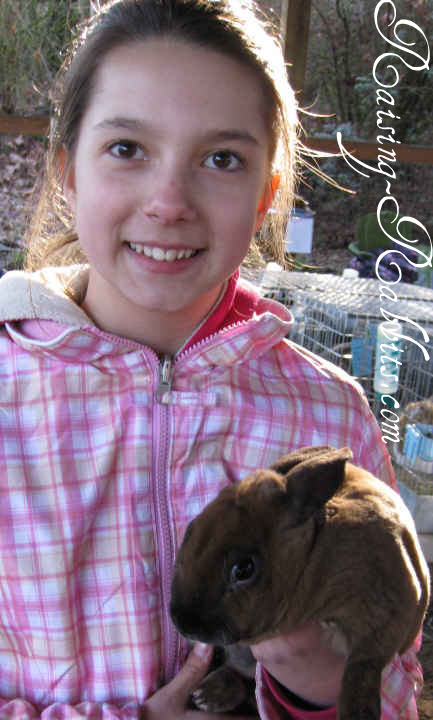
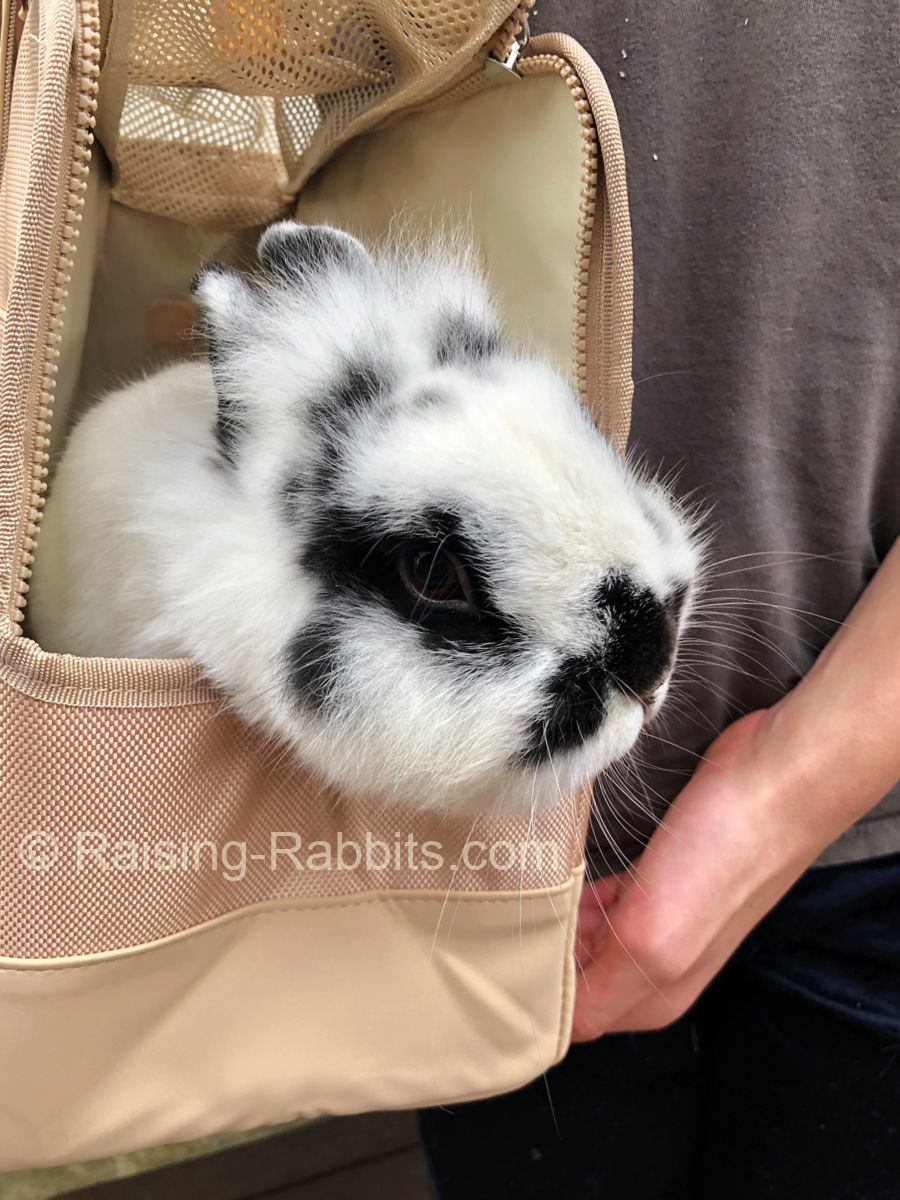
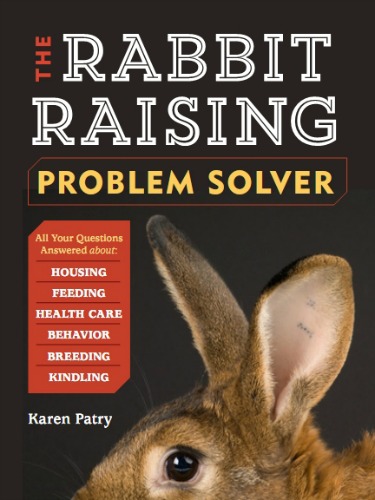
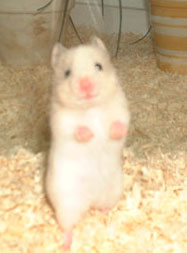
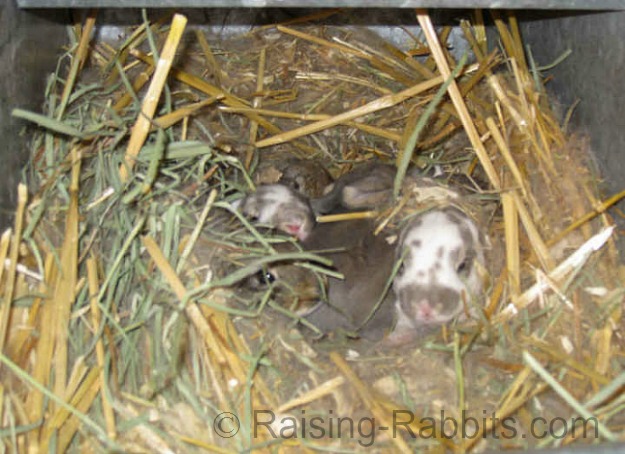
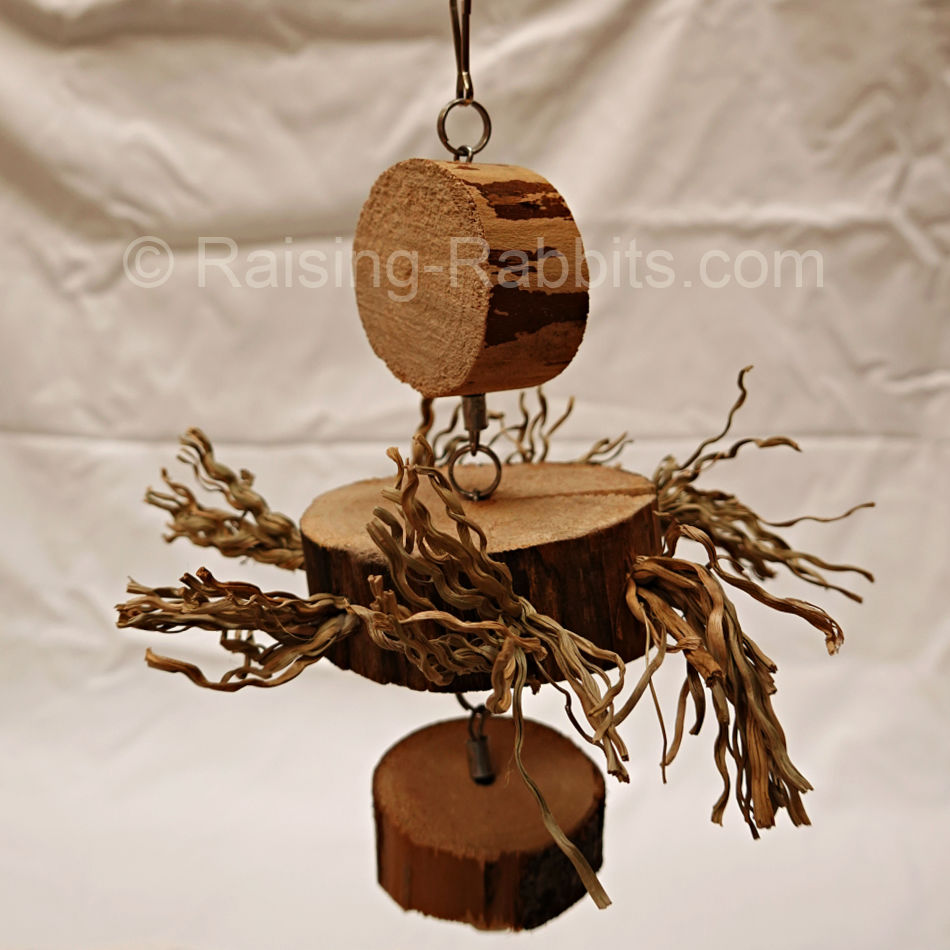
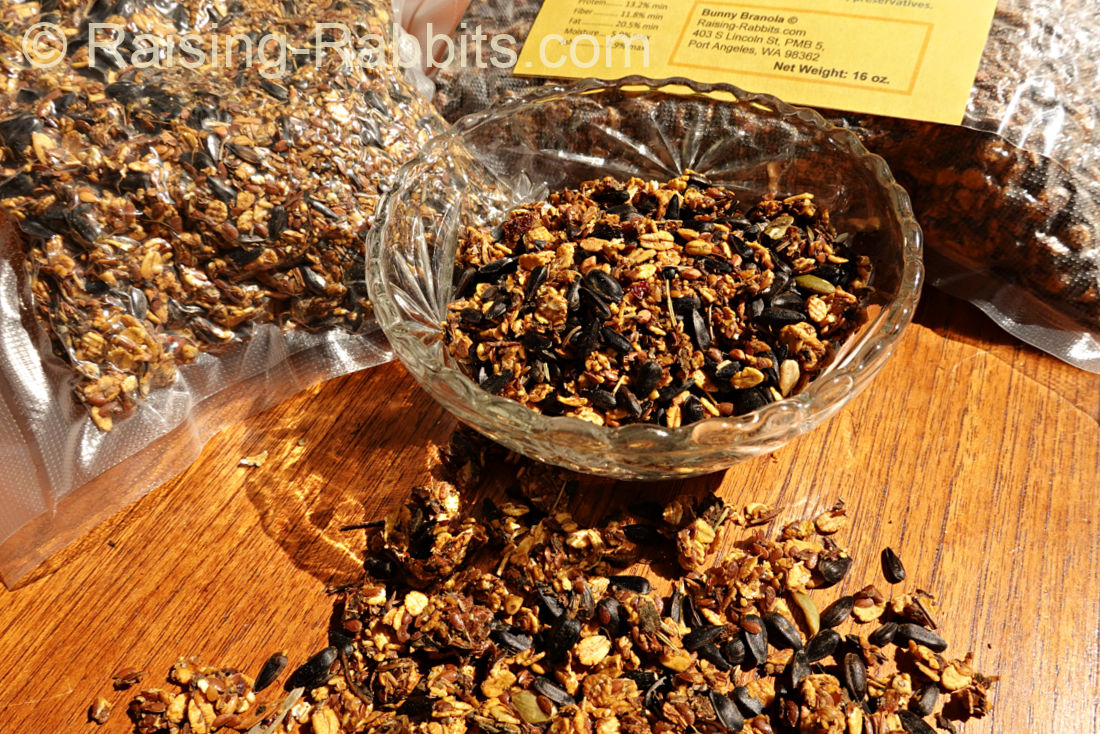
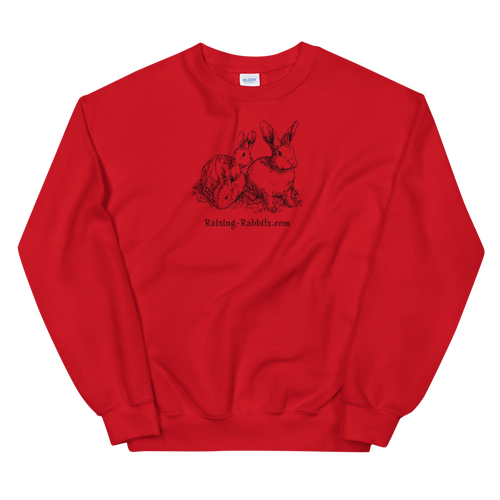

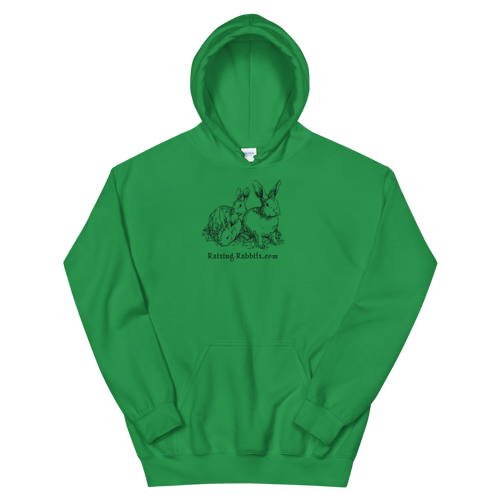




New! Comments
Have your say about what you just read! Leave me a comment in the box below.